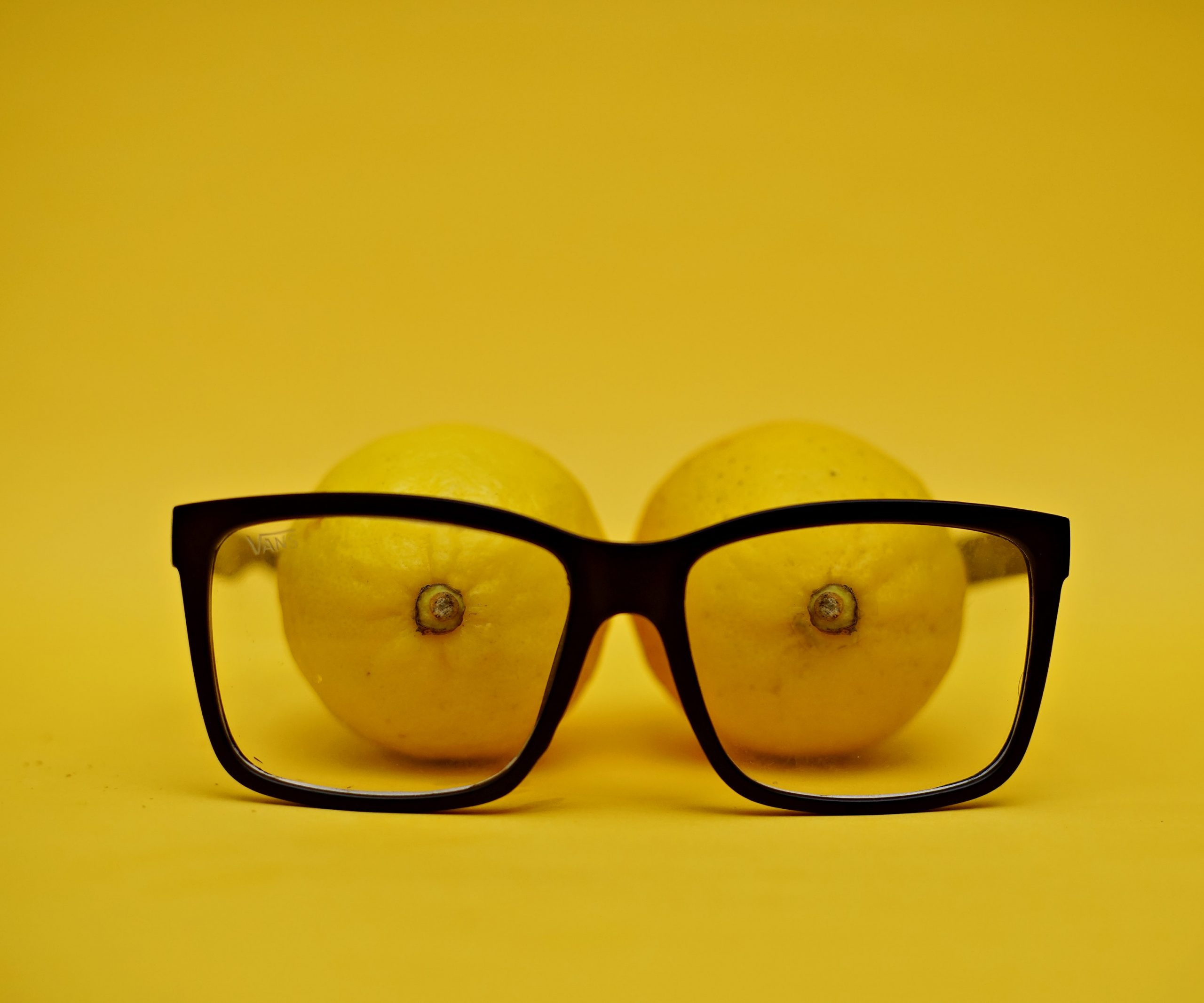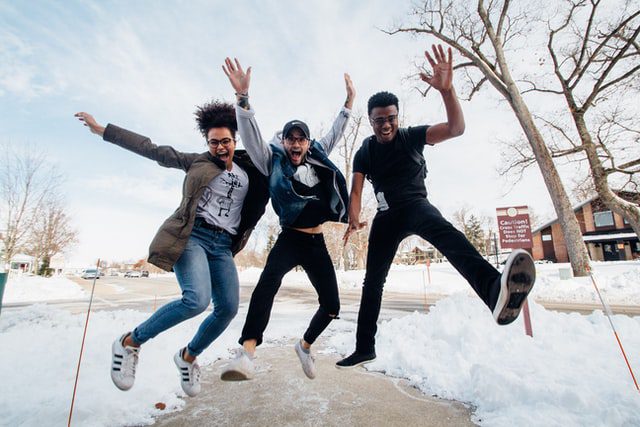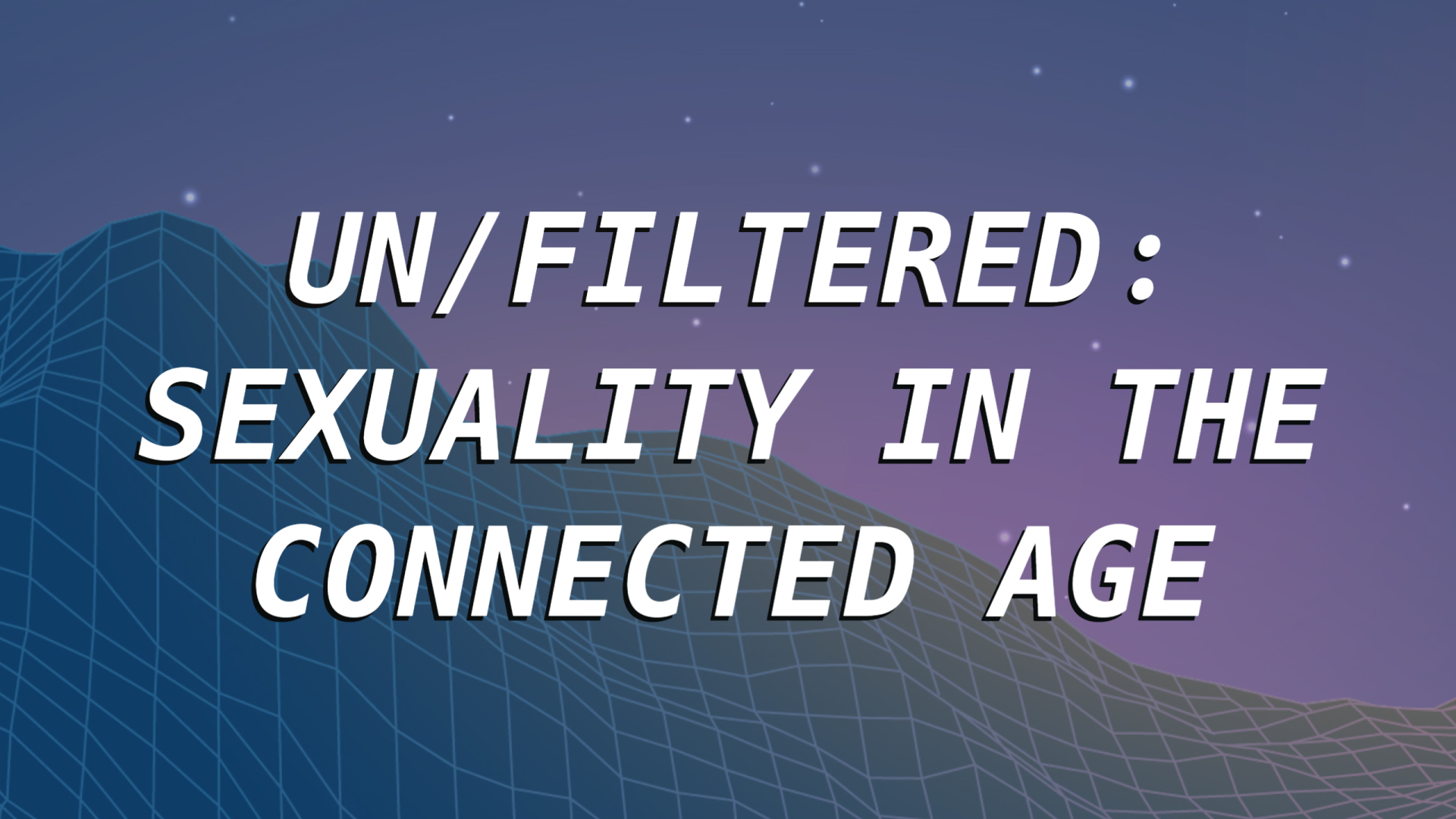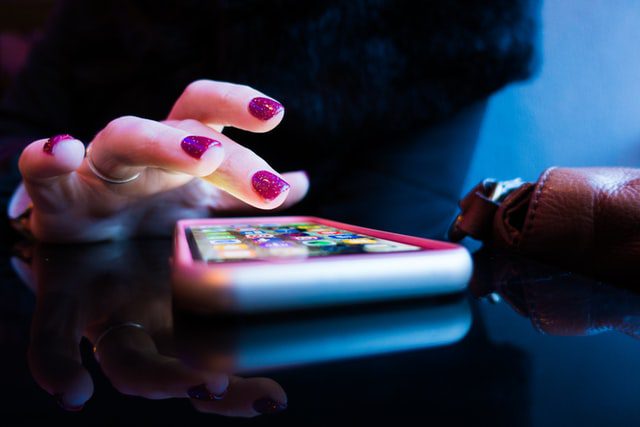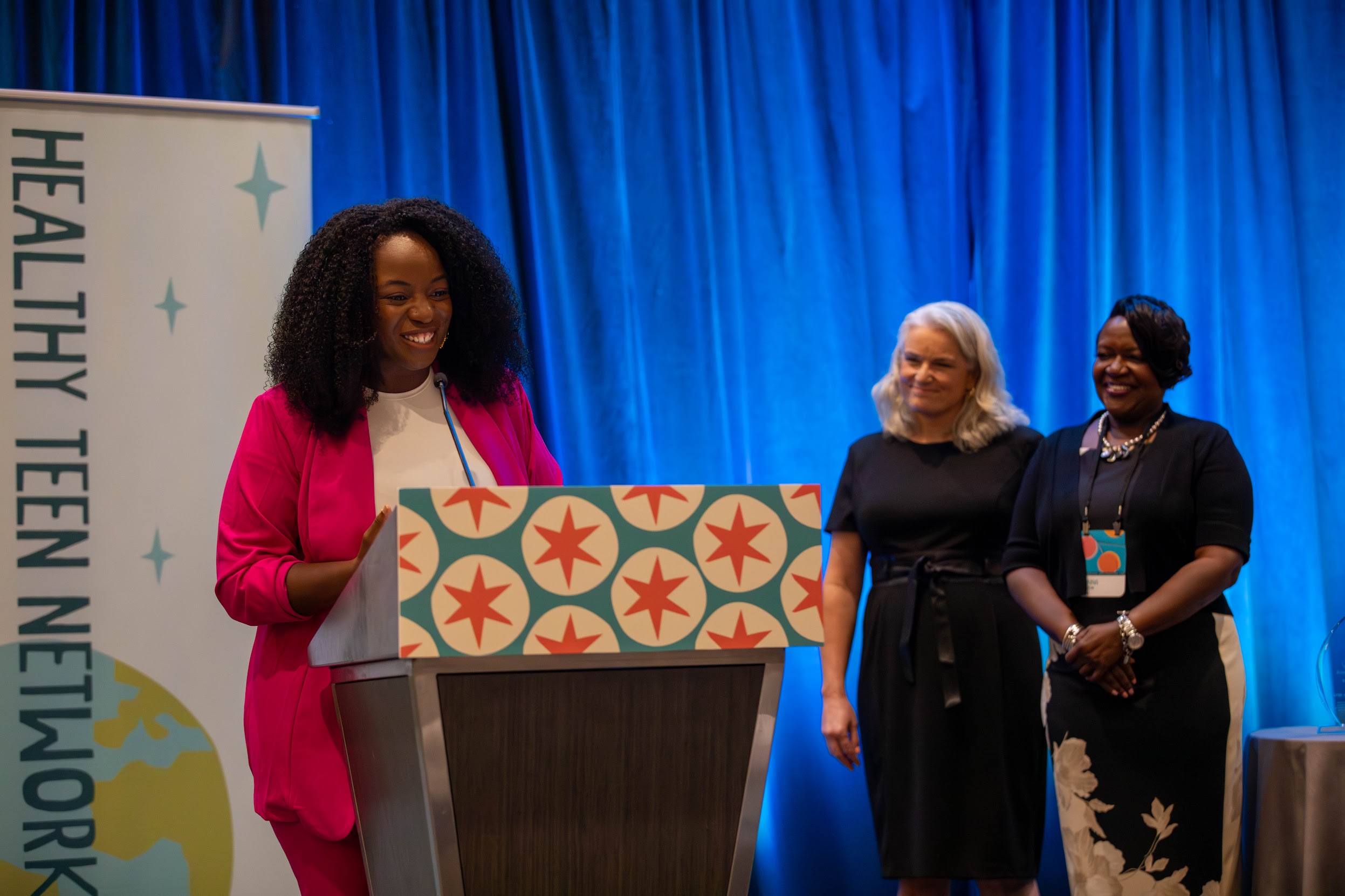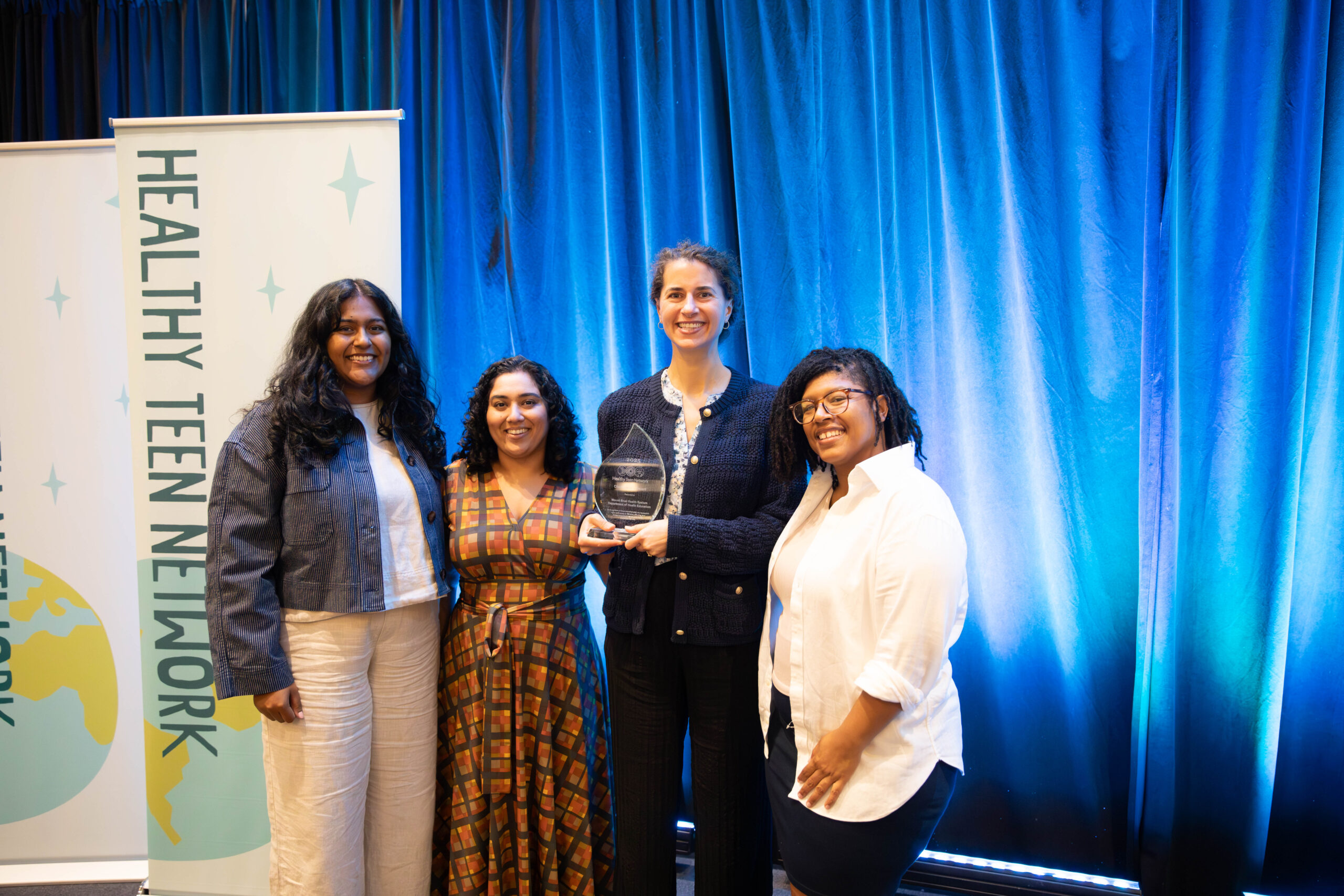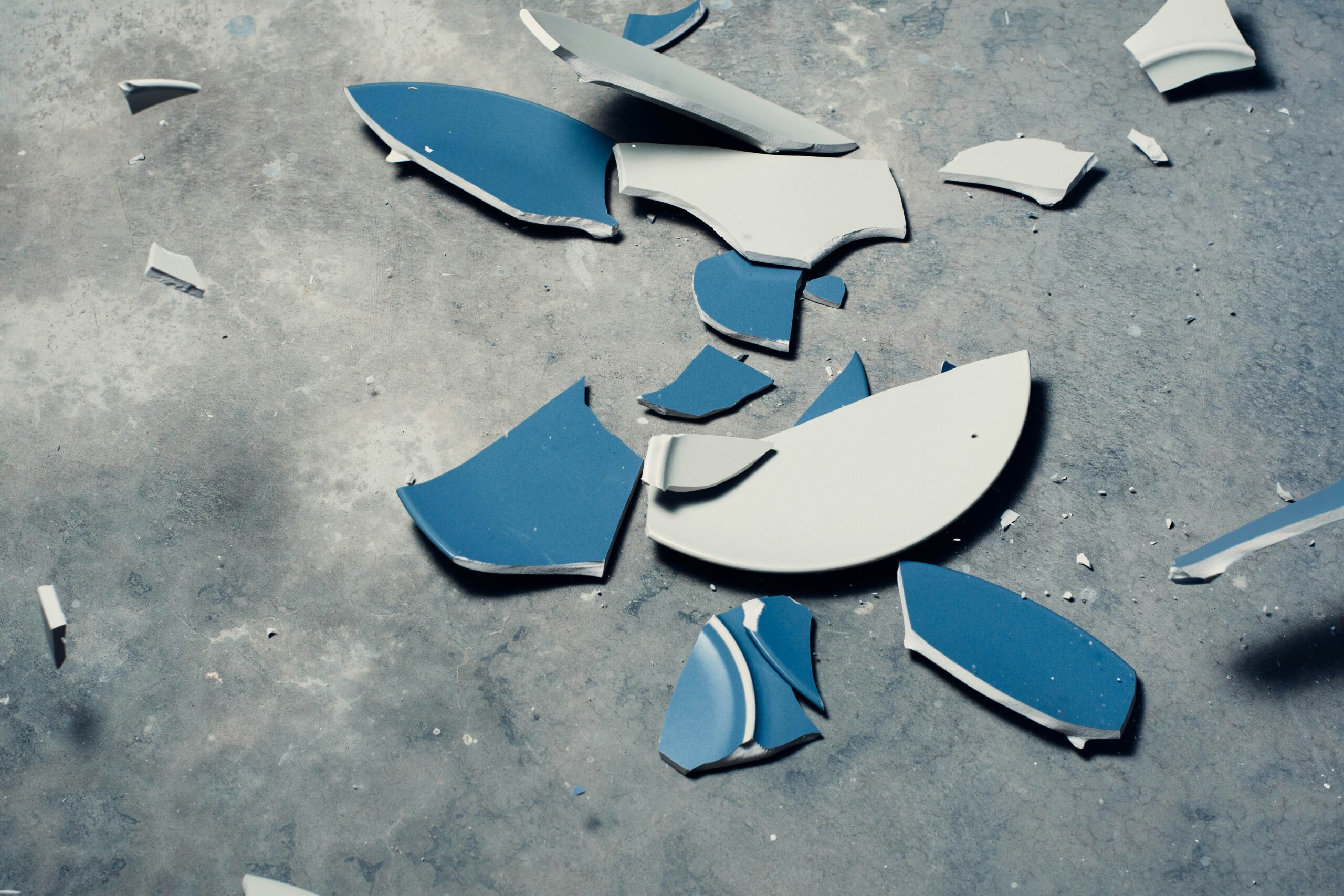It is important to prepare youth with the skills to assess the world they interact with and porn literacy can be a valuable tool.
It’s common to hear that when there is a lack of sex education in a young person’s life, they turn to porn for more answers, and in doing so, that young person learns risky, harmful behaviors.
While it is true that 60% of young people report going to porn to learn more about sex (National Union of Students), research is showing that porn might not be the “bad educator” we have made it out to be: young people may not be learning risk-taking behaviors from porn.
There is significant research that seeks to explore why young people are watching porn, what purpose it serves in their life, and what a “porn literacy” class would look like.
There is significant research that seeks to explore why young people are watching porn, what purpose it serves in their life, and what a “porn literacy” class would look like.
In this body of research, studies have shown that porn has been a place for sex and gender diverse youth to explore their sexuality, providing them with “sexual confidence and positive community formation.”
In a study, published in Sociology, that explored porn consumption of men with non-exclusive sexual orientations (meaning they identify as being “mostly gay” or “mostly straight”), researchers found that porn was a safe space to explore sexual desires, explore new sexual activities, and understand sexual identities. One interviewee explained that porn was “a good thing. It helped me feel less confused about myself.” Others described it as “an emotionally neutral place to explore,” and that they could try to “figure out what was going on in my brain” without being ashamed. Porn created a space to understand their sexual desires and acted as a “platform for self-confirmation of their sexual identity.”
Arguably most fascinating, this study found the only negative effects of pornography consumption for the participants was how their parents reacted to them watching porn, not the content of the pornography itself. In fact, the respondents found porn to be an “ordinary part of sexual development,” but felt “fear,” “worry,” and “nervousness” about their consumption being discovered by their parents.
In “Porn and sex education, porn as sex education,” an article published in the journal, Porn Studies, Kath Albury explains that
“there is no universal consensus as to what porn teaches its consumer and how it works as an educator” (2014). These questions are actually more complex than they appear because underneath these questions lays: who are the ‘porn consumers’? The answer to which is not a homogenous group, but rather diverse groups of people with different sexual orientations, genders, and cultural and ethnic backgrounds. So, to try to explicitly link young people’s consumption of porn to their sexual behaviors without considering these factors may not accurately represent what porn is “teaching young people.”
Critiquing the link between porn consumption and sexual behaviors, Albury suggests shifting the emphasis from what behaviors young people know and have seen, but instead to “whether young people have access to other forms of education that promotes skills to help them navigate their sexual learning processes ethically and safely.”
In considering the idea of porn literacy classes for young people, Albury questions if simply including a critique of pornography in sex education will “address the broader cultural inequities.” Instead, Alburyemphasizes the importance of exploring “questions of power, gender relations, and sexual negotiation skills” with young people.
So to return to our central question: why are youth watching porn and what are they learning from it?
Research shows that for people of diverse sexual identities, porn consumption can serve as an important and positive space for sexual exploration.
Research shows that for people of diverse sexual identities, porn consumption can serve as an important and positive space for sexual exploration.
Albury suggests, “rather than seeking to set universal definitions regarding what porn really teaches,” a much more productive perspective is to “take account of the ways that differences in sexual tastes and cultures might impact on audiences’ reception of pornographic texts.” That is, how does someone’s family upbringing, personal preferences and interests, race, gender, and identity affect the way they consume porn and its implications for them? And, are young people learning the skills to assess this?
So, what might this look like for a sex educator?
In the field of porn literacy, some curricula are already exploring these questions. In Boston Public Schools, the Start Strong curriculum includes a section on porn literacy, in which the instructors introduce perspective and information to invite “youth to consider it and adapt it in whatever way will support their own positive development” (The Truth About Pornography). The curriculum does not intend to teach that porn is “good” or “bad” (nor do they view any porn); instead the instructors accept whatever outcome students leave the course with, whether that is feeling uninterested in porn, or curious to explore more. Fundamentally, this curriculum is designed to “equip youth with critical analysis tools and promote healthy dating relationships, sexual consent, respect, and safety.” You can learn more about the conclusions of research on youths’ interactions with porn, and the Start Strong porn literacy curriculum in Dr. Rothman’s TED talk.
Whether or not you have a porn literacy unit in your sex education curriculum, or you are a sex educator, as anyone who interacts with young people, it is important to prepare youth with the skills to assess the world they interact with. By equipping youth with skills to understand topics such as gender, power, or culture, they will be able to apply this to all realms of their life, and this learning can take place at the dinner table, in history class, on the sports field, or in the sex ed classroom.
By equipping youth with skills to understand topics such as gender, power, or culture, they will be able to apply this to all realms of their life, and this learning can take place at the dinner table, in history class, on the sports field, or in the sex ed classroom.
As youth-serving professionals, we need to learn the skills to do this, and there are still so many unasked and unanswered questions we have about how youth are interacting with porn and technology. In 2020, we will be taking a deeper dive into how technology is molding young people’s sexuality, and vice versa, how young people are using technology to attend their sexual well-being. Un/Filtered: Sexuality in the Connected Age, the Healthy Teen Network annual national conference (#HealthyTeen20) will provide participants with opportunities to explore some of today’s most pertinent questions about porn, sexting, dating apps, and social media.
Join us at #HealthyTeen20 to ask, discuss, and answer these questions, as well as build the skills to do the work.

